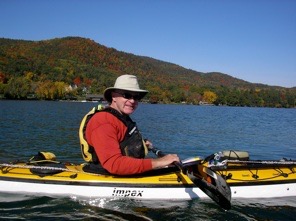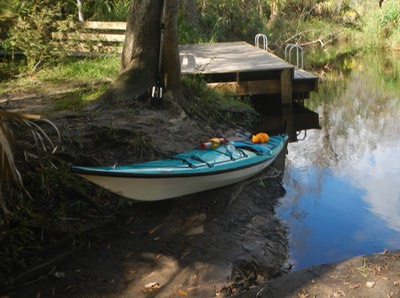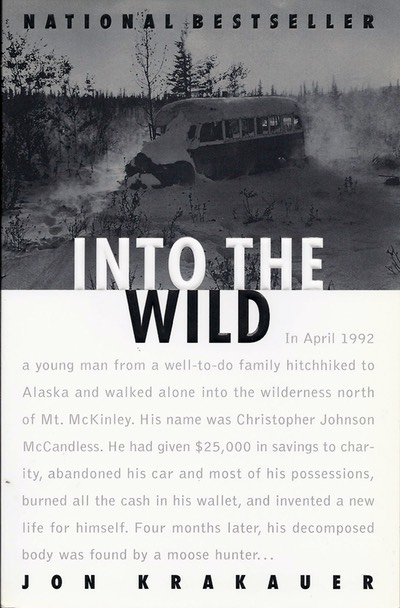Our Guest Reviewer
Stevie McAllister is a paddling friend who is also a long distance backpacker. Here he shares his thoughts on Warren Richey's book "Without a Paddle" and comments on Richey's and his own preferred use of a hammock over a tent for wilderness camping.
I am only now getting around to commenting on your review of "Without a Paddle". I recommend this book for anyone interested in long distance adventure racing. (Click here to read Yackman's review)
I wanted to let you know that I have been camping almost exclusively with a hammock for the past year or so. The only time I didn't was on a desert hike, but it turned out I could have used a hammock then as well.
Richey's [Warren Richey, the author of “Without a Paddle”] use of a hammock shows its flexibility. A hammock allows you to sleep comfortable in places that you would normally not be able to. Think of how many times you've struggled to find a flat section to pitch your tent. Not an issue with a hammock. I've hung mine over rocky, slopped terrain. Hung it over marshy, wet land. Full campgrounds are not a problem. Just bushwhack away from camp and hang in the trees.

They now require that you camp at least 200' from trails or water in the Catskills [New York’s Catskill Mountains]. This is a real problem. It is very hard to find a place to pitch a tent that isn't near the trail. Not a problem with a hammock.
Hammocks and hammock gear have evolved to be light, portable and handle weather extremes very well. The biggest problem with hammock camping is the original complexity of deciding which system is right for you. Most people who use hammocks only do car camping in the peak season. This means the opinions of most don't apply to us who paddle or hike longer trips when weather extremes can be common.
I hope to document my uncommon hammock rig and explain why my system is the way it is for people who have to rely on their hammock for long trips away from civilization and need the flexibility and reliability.
Stevie McAllister


